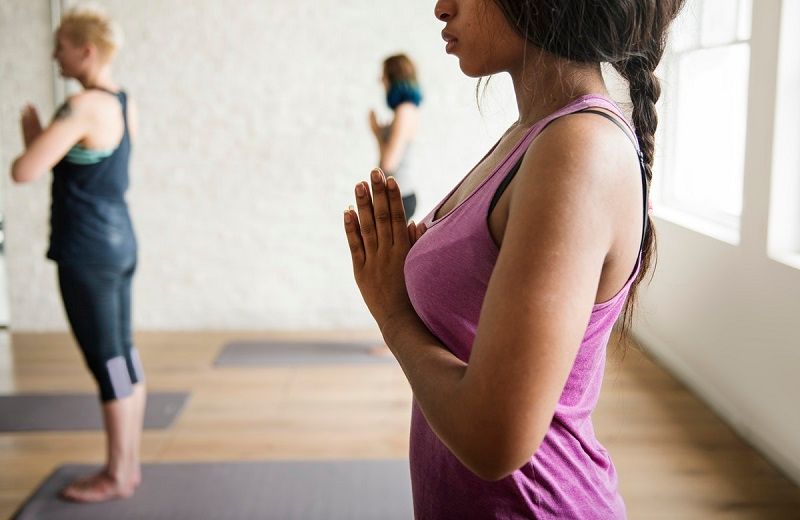
Endometriosis. It’s a chronic condition that affects roughly 1 in 10 Australian women of reproductive age. So, can exercise help and which movements are safe for those living with endometriosis?
Endometriosis is a gynecological condition where ‘endometrial-like tissue’ grows outside the uterine cavity, usually around the pelvis. It’s called ‘endometrial-like tissue’ because although it shares a number of similar properties as the cells found in the uterine cavity, it’s not identical.
Whilst there is currently no known cause for this condition, we do know that endometriosis is fueled by the hormone estrogen. Unfortunately, the human body can’t remove this tissue growth. So, with every menstrual cycle, scar tissue forms through the associated hormone release. This can cause a wide range of symptoms such as chronic pelvic pain, dysmenorrhea, inflammation, bloating and cramping, all of which have a significant effect on the patient’s health and quality of life.
Symptoms can also vary significantly from person to person, which often leads to extensive delays in diagnosis. Currently, an accurate diagnosis can take between seven and twelve years.1
Awareness of Endometriosis is increasing due to the release of the ‘National Action Plan for Endometriosis’ in July 2018 by the Department of Health. This action plan called for greater awareness and education of the condition improved access to appropriate services and support for further research. Currently, endometriosis is reported to cost more than $7.7 billion to the Australian economy. This includes its impact on healthcare, absenteeism from education and work, and lost social and economic participation.
Regular physical exercise can have protective effects against diseases that involve inflammatory processes such as endometriosis. This is because exercise causes an increase in the anti-inflammatory and antioxidant markers within the body. Exercise also acts to reduce estrogen levels, making it a great idea to incorporate exercise into your recovery and disease management.
Currently, there are no specific guidelines surrounding exercise prescription for individuals with endometriosis. Exercise is prescribed to assist with symptom management, rather than as an actual treatment for the condition itself.
The pain and discomfort associated with endometriosis often described as lower back and pelvic pain can cause a guarding mechanism within the body – where the body braces to protect itself from pain. This bracing can affect the anterior side of the body, including the pelvic floor, abdominal wall, hip flexors and adductors, as well as affecting posture. Therefore, for people wishing to resume exercise, it’s advantageous to first focus on the lengthening and strengthening of these muscle groups.
Exercises based around the principles of Pilates and Yoga can be fantastic to help these muscles release. Stretches such as seated gluteal stretches, seated hip flexor stretch and a wall side bend stretch can also be really helpful for muscle groups.

Following recovery from laparoscopic surgery, it’s great to then progress individuals to exercises involving the muscles around the pelvis – the pelvic floor and glutes! Gentle progression into resistance-based exercises to start activating the glutes include exercises such as:
Exercises focusing on these muscles help to support the lumbo-pelvic region of the body. For this reason, gradually adding strengthening exercises can help manage your symptoms.
Following an initial endometriosis diagnosis, there is some exercise that should be avoided. These include:
That’s not to say you can never return to these high-impact style exercises. Initially though, rest and recover to allow your body to heal. Work on managing any associated symptoms before processing exercises both in resistance and intensity.
It’s always recommended to work with a professional like an Accredited Exercise Physiologist (AEP) prior to commencing any exercise to assist in the management of chronic conditions. They can prescribe exercises that are safe and tailored to your specific needs and abilities.
Written by Brittany Cogger, Accredited Exercise Physiologist.